A Medical Minute Introducing Sickle Cell Disease with Dr. Rob
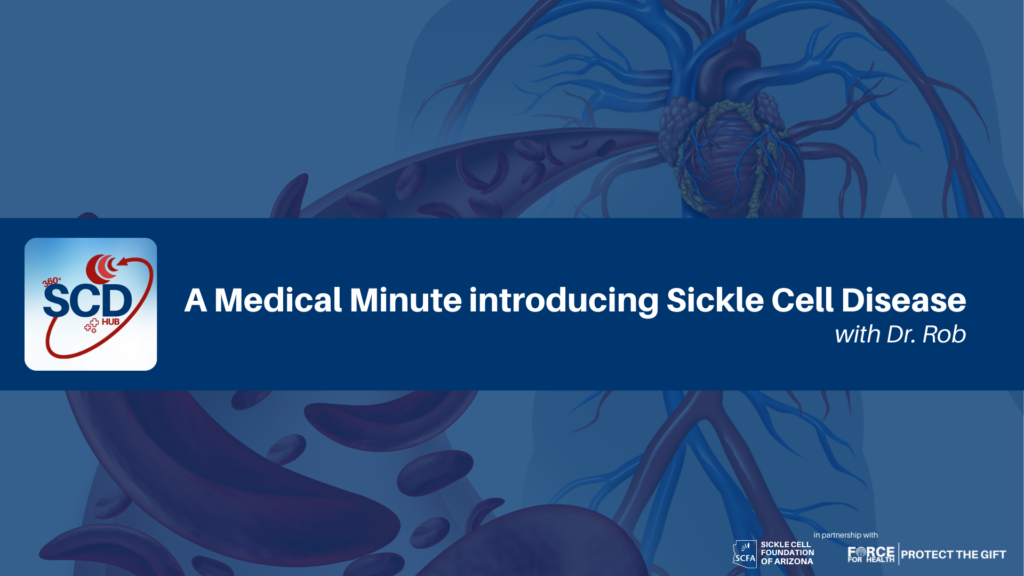
Video Transcript
Hi, it’s Dr. Rob Gillio with a Medical Minute introducing Sickle Cell Disease.
It’s a worldwide problem, primarily in equatorial or warm climate regions. The areas here in red indicate areas that are of highest prevalence, but if you have a relative or an ancestor who once came from any of those regions, you are at risk. The risk of carrying the trait is relatively small for Caucasians, but for blacks and Hispanics it’s higher.

Approximately 10% of blacks can have the sickle cell trait. There’s a hundred thousand people in the United States currently carrying the disease. 90% of them are African American or Hispanic. Black sickle cell disease occurs in one out of every 365 black or African American births, and one in 13 children of someone who is black or African American, is born with the trait. If you have the trait and only one parent has the trait, there’s only a 50% chance that your child will have the trait and a 0% chance of having the disease.

However, if you and your partner make a baby, you have a one in four chance of a baby having that disease, a one in four chance of the baby not being a carrier, not having the trait and not having the disease, or one in two chance of the baby being a carrier.

What’s the issue?
This issue is the cells get out of shape. If you have the wrong gene, you make the wrong hemoglobin protein. That protein changes shape with low oxygen. That change of shape changes the shape of the cell and that changes the cell clogs things up. That clog can cause something called the thrombus seen here in the lower right, which blocks the normal blood flow seen in the upper right. why does that matter


Why does that matter When blood flows, it provides oxygen downstream, it goes to every organ in your body.

If a branch is blocked, whatever’s downstream from that branch will die or suffer or not work well. It’s the same as what happens with a heart attack. People that get are older, that get sickle cell can have the complication of having thick, plaque in their blood vessels that make it even worse.
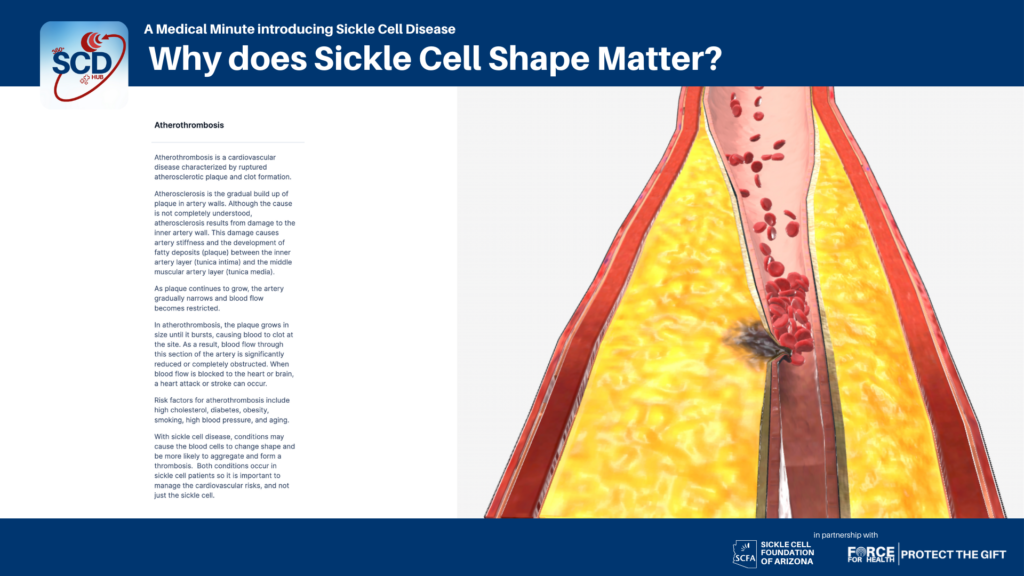
So sickle cell can affect the entire body. That’s why you should have a specialist with a medical home with frame of mind because you might have complications of the eye, the liver, the lungs, the chest, the kidneys, foot ulcers or other such issues that are called crises. Your medical home should include a doctor and a team that can coordinate, your care.
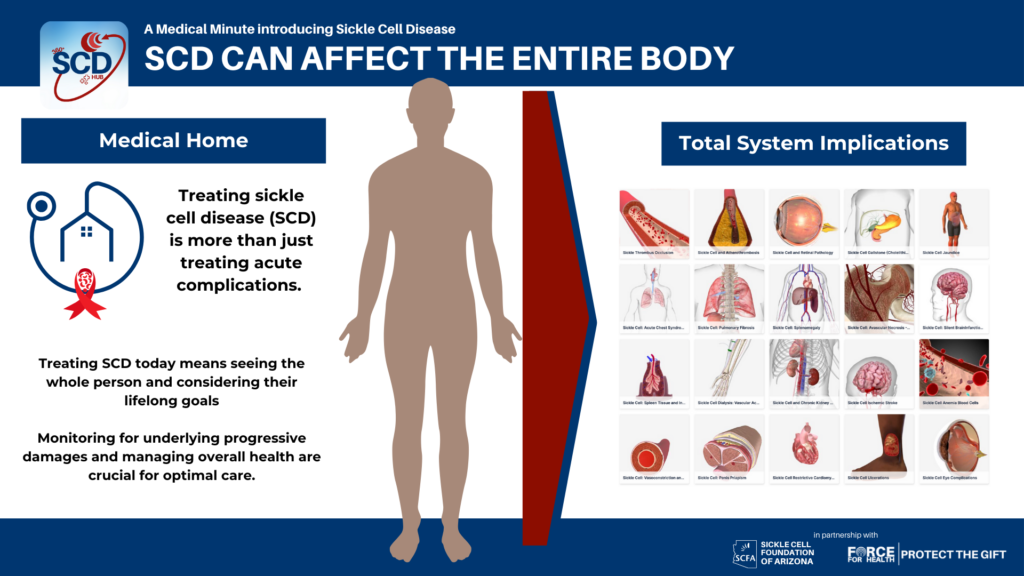
Key takeaways to know:
- It’s not contagious, don’t stigmatize it.
- You can’t catch it from someone you can inherit.
- It is the only way to get it. Screening for inheritance risk and screening for disease is available.
- Sickle cell disease is not currently curable. It might be in the future, but right now it’s only treatable.
- Dehydration, cold temperatures and avoidance of colds and flus and pneumonia can help ’cause these lower your oxygen. Those change the shape of the blood cell.
- The sickle, she sickled shape cells, clogged blood vessels and can cause painful crises and other events that affect parts of the body.
- If your doctor is not familiar with sickle cell or doesn’t look like you, especially ask them could these symptoms be from sickle cell Put the seed the thought of that in their mind. It might affect how they treat you.
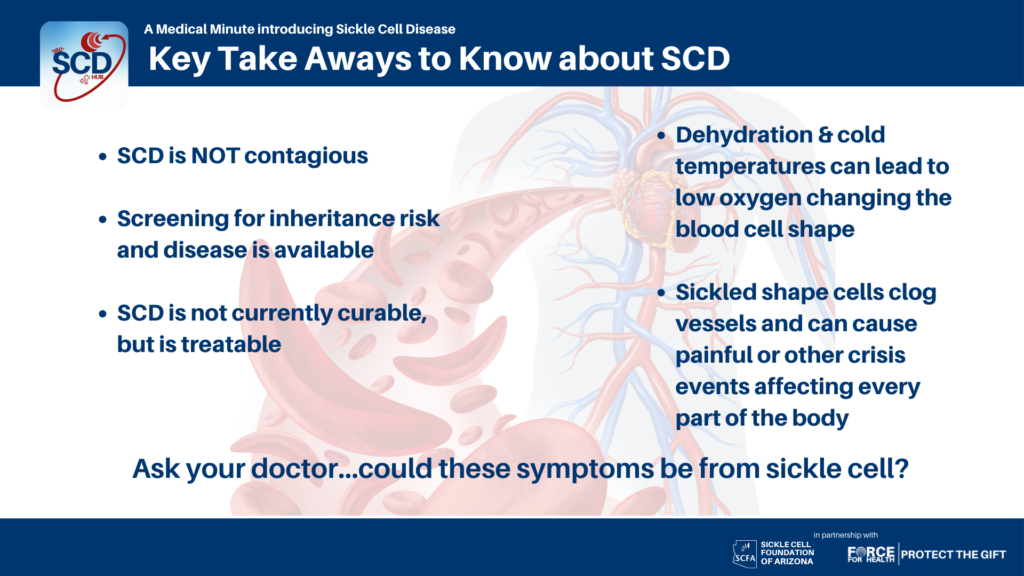
There’s an app for the doctors as well as for you 360 SCD Hub. It’s free. There’s an app in community with the QR codes.
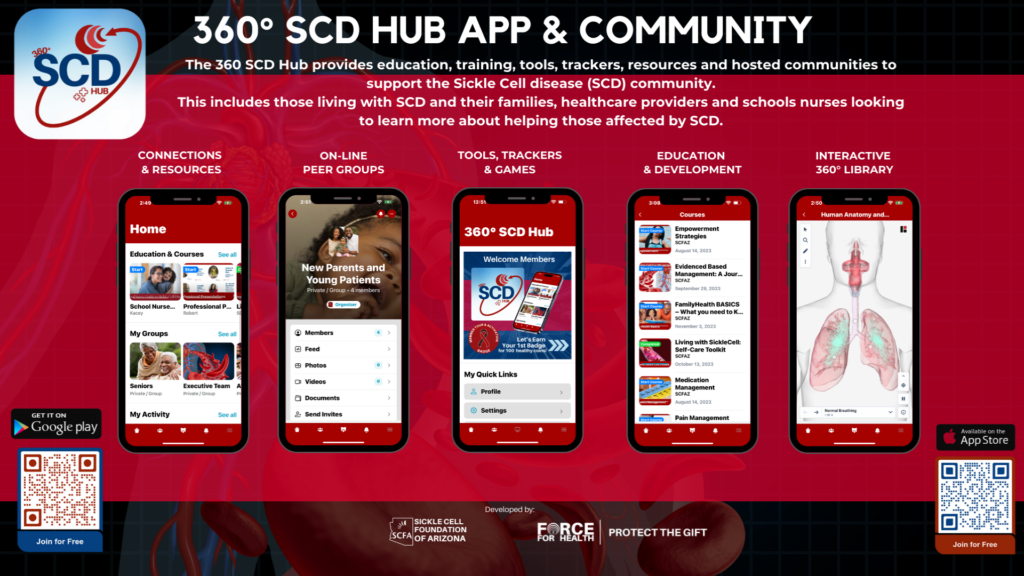
You can download it if you wish. Get smart about sickle cell, share this app, share this link, share this video and become someone who is kind and doesn’t stigmatize but supports those with Sickle cell, with knowing their knowledge and if if possible, blood donation for any cause including for sickle cell.

Thank you for taking this Medical Minute with Dr. Rob.
Recommend0 recommendationsPublished in General Public, Living with SCD: General, Living with SCD: Parents, Medical Community, SCFA News & Updates

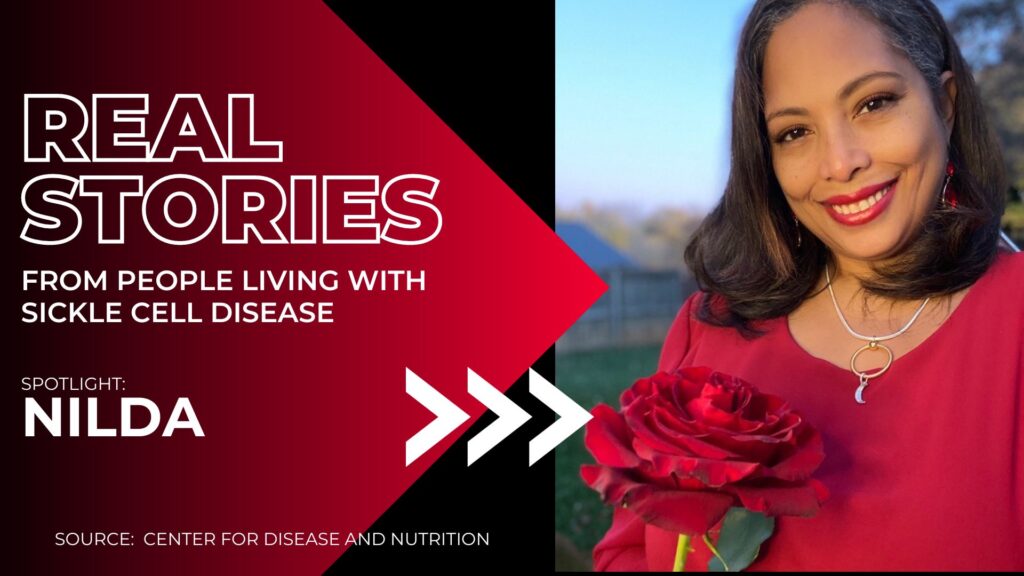
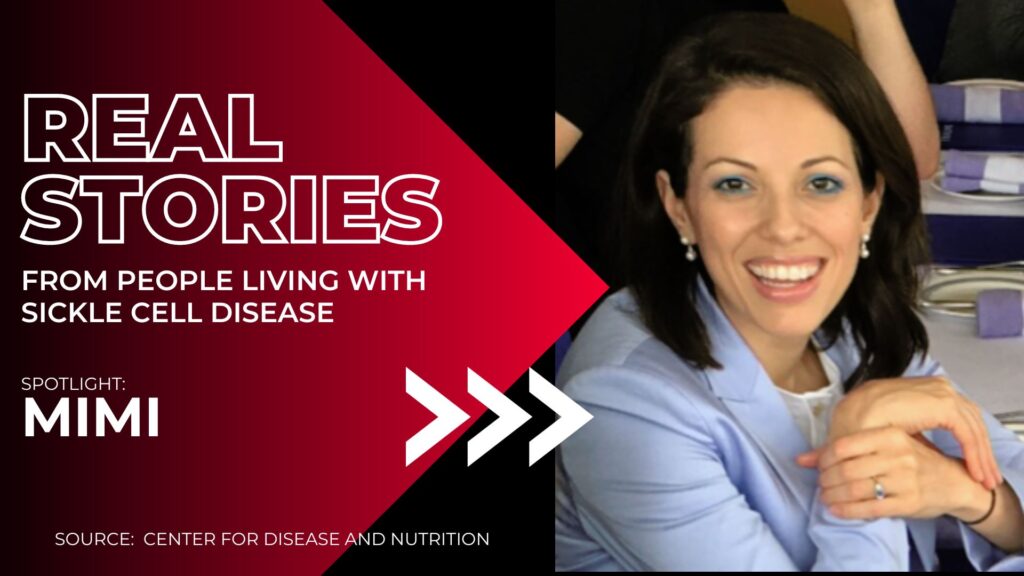


This is an awesome video! Thanks Dr. Rob!